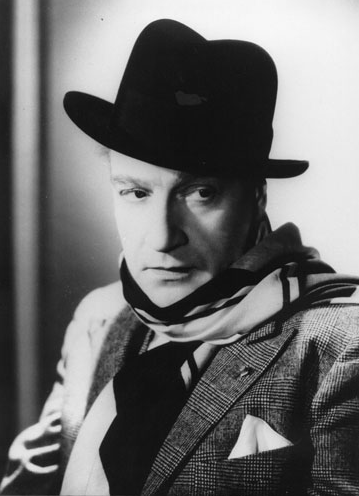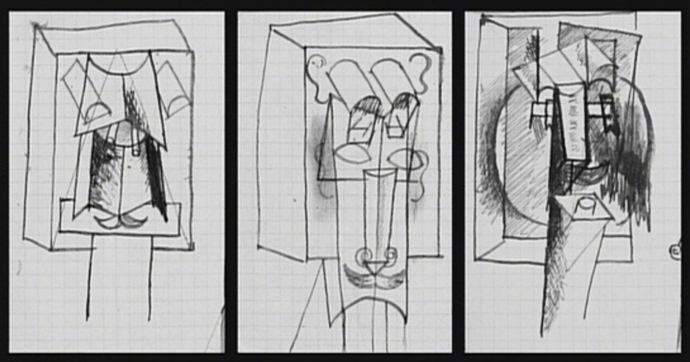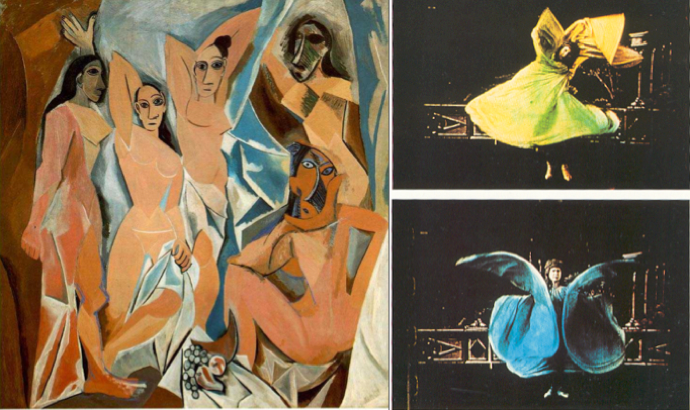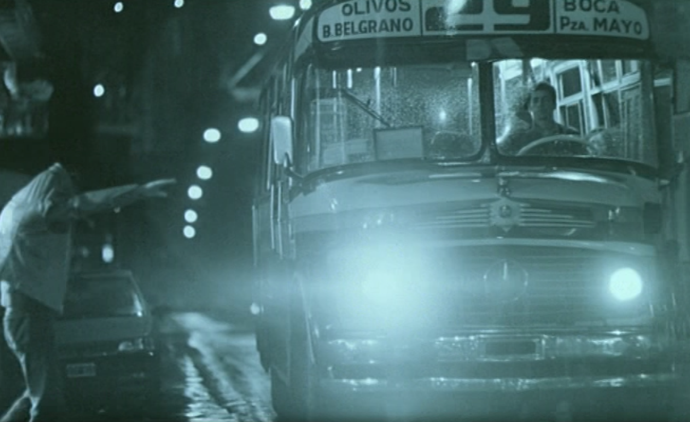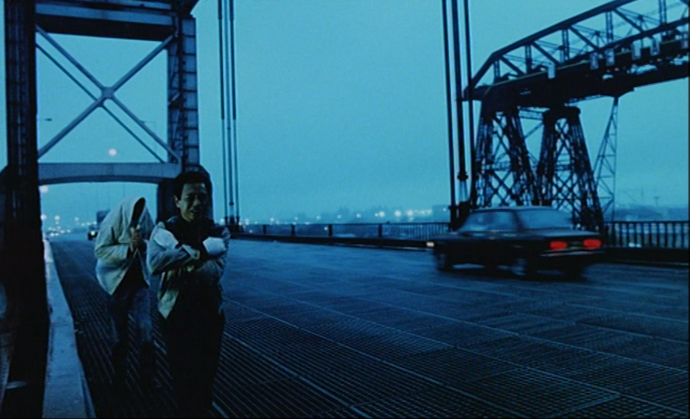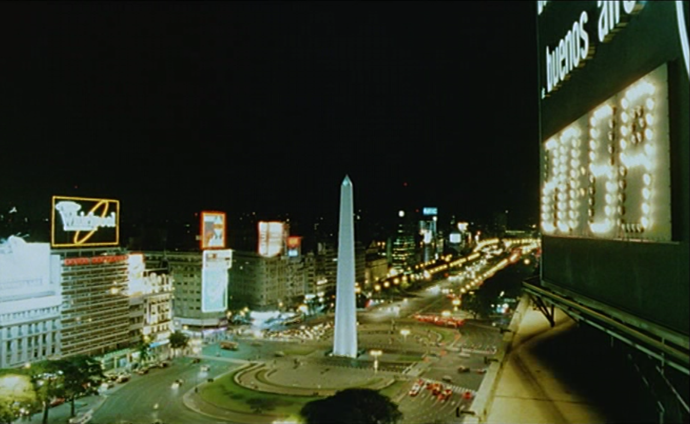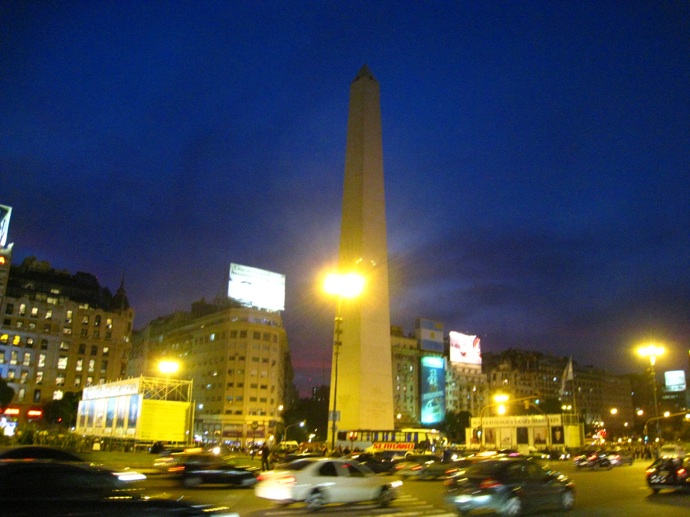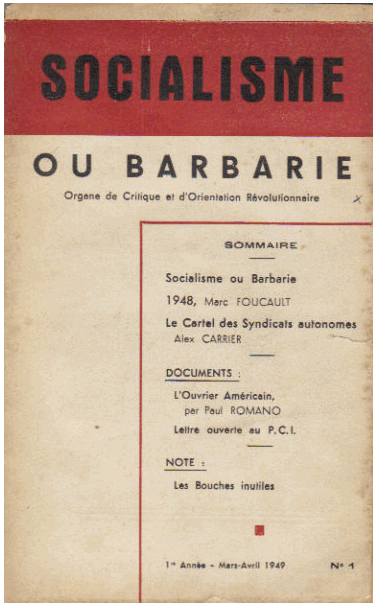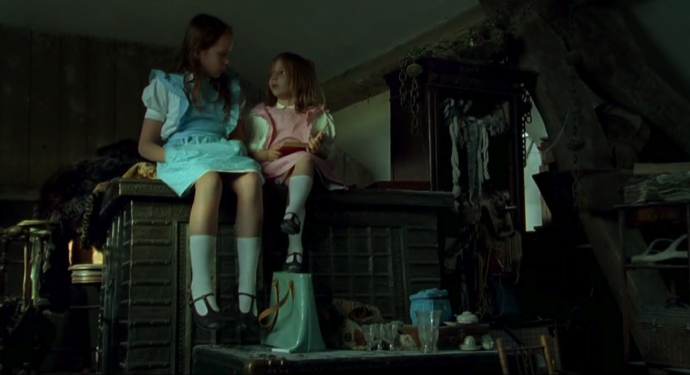Jan 2, 2011 0
Raymond Depardon, The Picture Thief
I would give anything to be in Paris right now to catch Raymond Depardon’s La France at the BNF, in order to see his miraculous and ordinary (yes, those two words can go together) photographs up close. Raymond Depardon is a photographer and a filmmaker, the French equivalent to a modern-day Paul Strand, and film work has often been compared to Frederick Wiseman. Depardon’s overarching sensibility is that of reverence for small and intimate improvised experience. The result is that each ordinary moment he photographs is enshrined and somehow emblematic of both a dense sweet past, and a thinned out, scattershot present.
Jean-Michel Frodon’s review of the exhibition in Slate.fr is a beautiful piece of writing in its own right. Here is a translated passage that encapsulates the essence of Depardon’s style:
“There is no secret in these photos, no revelation. Depardon’s art was never that of the knockdown, it was often noted for his documentaries about the quality of listening. With his enormous camera, he listened to everyday landscapes. And everyone hears. Everybody hears something, but never the same thing. Everyone takes ownership of these images, they live in our own memories, as reflections as done over time, and most often kept to oneself.”
Depardon’s New York, NY is a film that epitomizes the act of listening. A mobile portrait of the 59th Street Bridge — shot most likely from the Roosevelt Island tram — the film is both intimate and spare. There are some iconic shots of Wall Street, and then we traverse the bridge again with our eyes, this time at night:
Depardon describes his process as that of a flâneur losing himself in the crowd. This passage is from his essay entitled “The Picture Thiefâ€:
I would seek cover amidst the throngs of people in the busy streets of these big metropolises. For a few hours, a few days, I was an inhabitant, a special kind of local. I remained a foreigner, but I was adopted and protected by the crowd. I have always liked being invisible, disappearing as soon as I’m noticed and slipping unobserved from one street to the next without trying to hide. I remained a tourist a little off the beaten track, full of curiosity, but always an amateur.
I think Depardon is overdue for a New York retrospective, similar to the one MoMA mounted for Wiseman. His filmography is vast and varied, and includes documentary, narrative, and short-form work. Unfortunately, not much is available on DVD.
More:
An interview with Depardon in Cinemascope [Engilsh]

